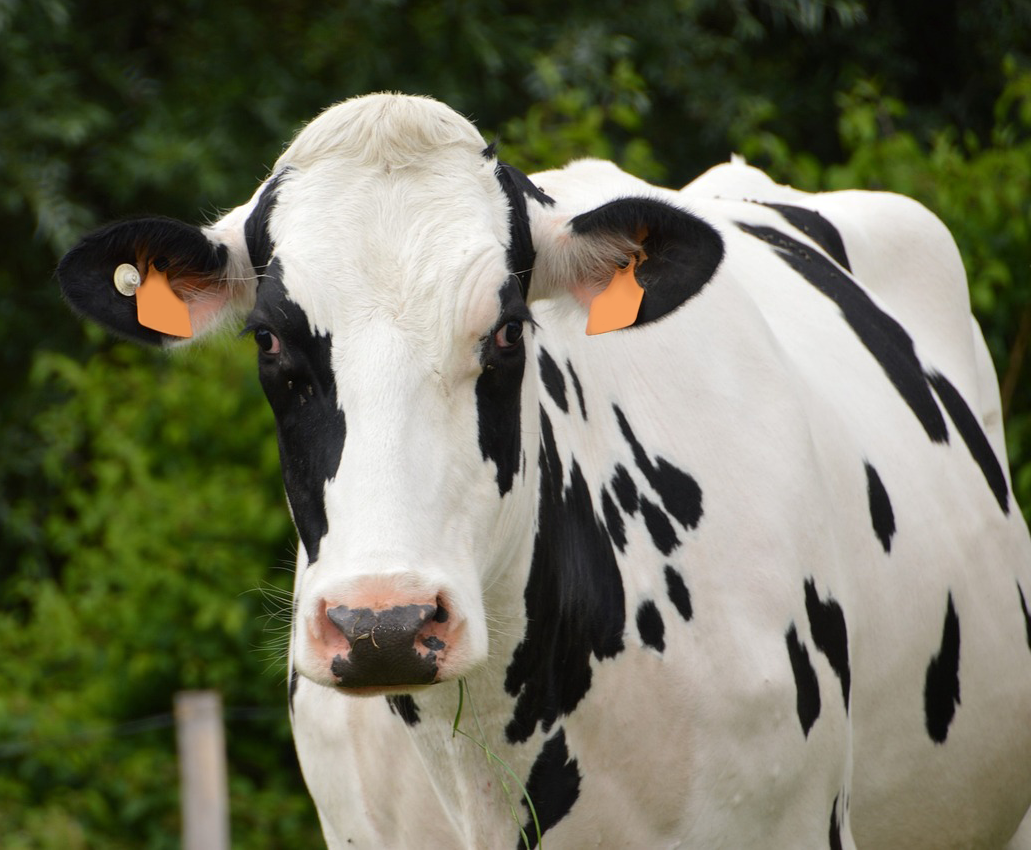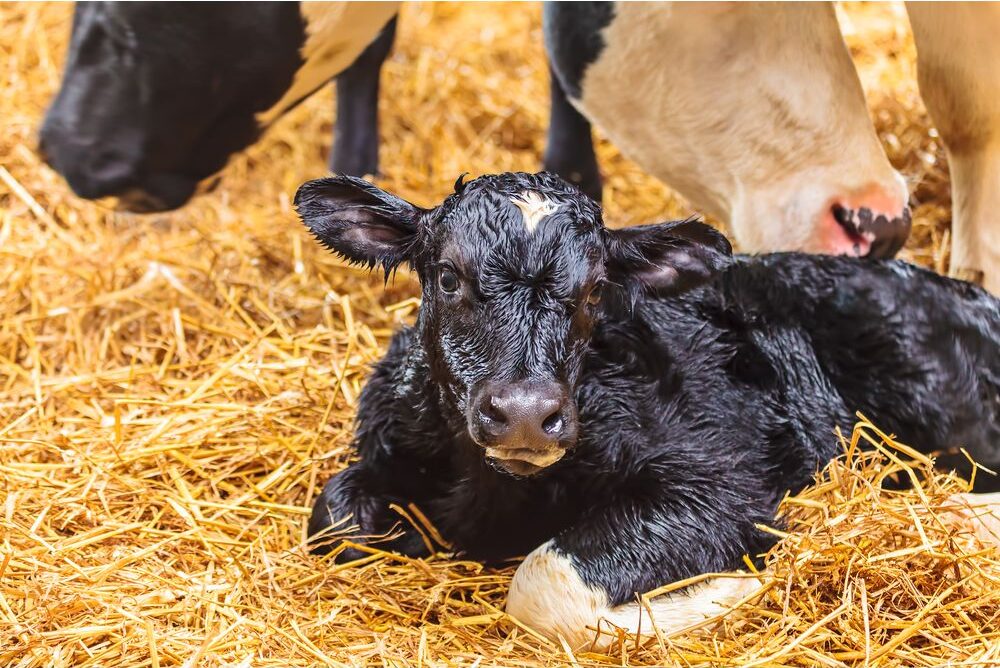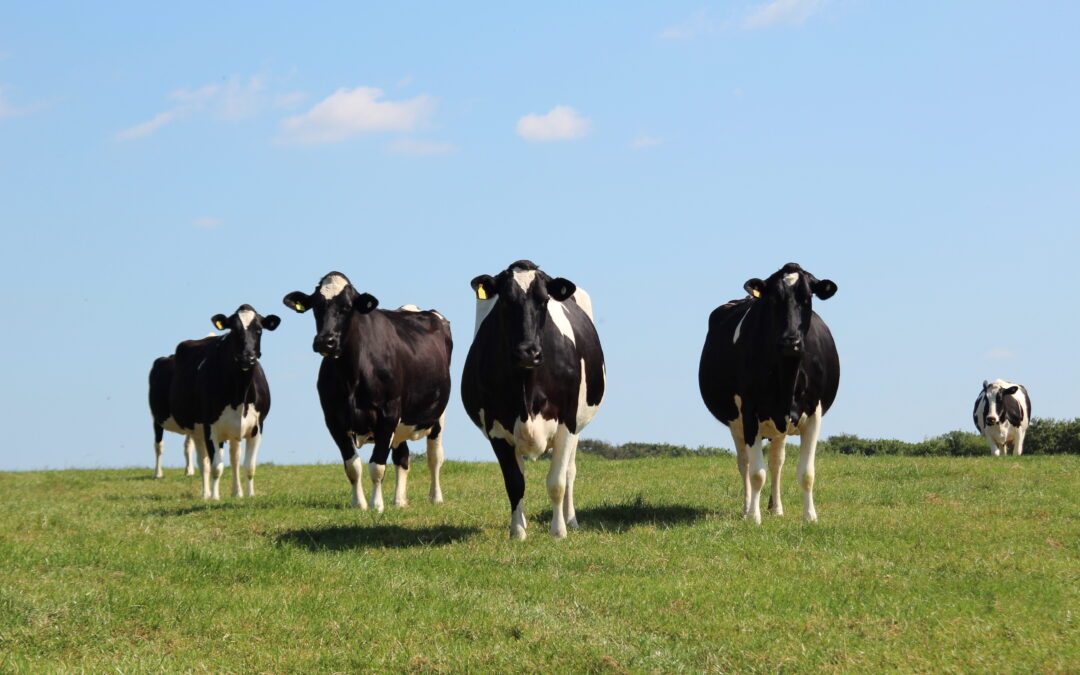Where is time going?! I am turning my attentions to this year’s Autumn block calving herds and its only early July! However, there are still several things to do and put into practice before we get cows calved. Here are my four focuses for a successful dry cow transition.

Body Condition, Locomotion Scoring
Cows in general have been performing well with many farmers suggesting they are 2+ litres up on this time last year. Probably due to the change in weather but also, we have seen a kind spring with early and strong grass growth.
Getting the cows scored by an independent person to enable an unbiased result is crucial. Understanding body condition is very important, within any herd you will always see a range in size, but as an average where is your herd? Do we need to cut back some feed early as they are a little over conditioned? Or do we need to separate some cows out and dry off early as they are too thin? As you will know, I’m not an advocate of manipulating body condition in the dry period. However, by stopping the milk production a week earlier, it will help divert the ‘milk energy’ back to the cow.
Consider also where the B litre milk price is. Do we need to chase these less valuable litres or are the cows deserving of this extra time off?
RoMS locomotion scoring at this time is imperative, this information should be used to address any 2 or 3 scored cows to give the foot trimmer time to treat ahead of drying off. Think of it like an MOT for cows to enable her to perform unhindered in her next lactation.
Our Feed Specialists are competent Body Condition assessors and fully qualified RoMS Scorers.

Dry Cow Feed
How are we going to manage this large group of dry cows?
Lock up some paddocks to allow grass to seed and strip graze standing hay?
Bale up high-cover leys that will have lost some or all the nutrients applied. This is a more suitable forage source for dry cows than using what appears to be some very good first cuts. Preparation is key, so by reacting now we can implement a change to the grazing platform without affecting our grass utilisation adversely.
Whichever system best suits your farm; the Harpers team can work out your required grazing prerequisite or tonnages to facilitate a smooth dry off and transition.
Semen Testing
Whether it’s Al straws or young stock bulls, it’s worth testing ahead of using. Sadly, too often when we review the years data on fertility, we are let down by a bull not performing. The target is 9 weeks for all block calvers so any poor performance will impact this dramatically and create a larger empty rate than desired. 6% or lower is our target.
Dry Off Protocol
Is there one and who does it? These procedures are the most important part of the cow’s year, if we fail her here, then she is being set up to fail in the next lactation.
Milk-record one last time prior to drying off, California milk test all suspicious high SCC cows and establish quarter infections, consider treatment ahead of dry off protocol. Use the cow’s Milk recording history of sematic cell count (SCC) to establish trends of elevated cells to support the correct use of antibiotics or sealant.
Seek help from your vets to train your staff on the correct handling, cleaning and disinfection of teats and application of the tube during the drying off period.
When you think the teats are clean then they are ready to be disinfected. Always work methodically with the same order of application avoiding rubbing the ends of teats already sealed with your gloves or forearms.
Looking at last year’s mastitis data, if you have had higher than desired cases of mastitis in the first 30 days of lactation, these probably have been contracted in the dry period either by poor dry cow therapy or poor dry cow facilities. Also, if the threshold for sealant only cows was set at 200 SCC, consider reducing this to 150 SCC. This will cover a slightly larger percentage of the herd.
Contact Us
Contact the Harpers team who are on hand to support you through this busy time and navigate your herd to a successful next lactation.






